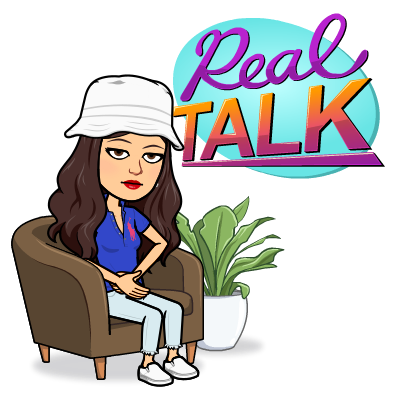
When we quickly transitioned from in-person to remote learning, I started using polls with my students to see who was checking in (or not). The polls were mostly fun topics:
- If you could be a superhero who would it be?
- What is your favorite type of French fry?
- What is your sleep position?
- What is your LEAST favorite vegetable?
And then there were the ones that asked more serious questions:
- How are you doing with remote learning?
- How many hours are you spending online?
- What are your thoughts about learning online?
- How many hours a day do you spend studying?
The polls, without a doubt, provided insight into my students’ likes and dislikes while also providing some important information that they did not readily share in their Living History Project journal entries.
The poll that I did last week was one that I was curious about since there are talks about how schools are going to look in the fall.
So I conducted a Social Distance Poll…

As you can see…only 22% of student respondents* think they can socially distance from their peers when we return to campus. Twenty-two percent!!! The majority marked not sure which I believe is closer to the truth since they know how they are.
Truth be told, so do I.
Having taught 25 years at the middle school level, I think I have a pretty good understanding on what adolescents can and cannot do…what they will and will not do.
As they flex their independence, middle schoolers like to push boundaries. While they listen to me (most of the time), if I’m not in their line-of-sight, they are going to pretty much do whatever they want.
And I don’t think that it’ll be six-feet away from their peers.
Do you recall seeing the following image from the New York Times? It came out roughly one month after transitioning into remote learning. When I saw this photo, I was both saddened and skeptical. Saddened because this is a new reality for children (and adults) and skeptical because…well, the expectation is that children will follow directions.

Recently, I was asked to participate in a focus group of alumni from Johns Hopkins University. It was a diverse group of educators from across the United States. And while it was validating to hear that I was not alone in my struggles with getting students to complete work, I was a bit surprised that some of the educators thought that social distancing was mainly going to be an issue for elementary-aged students.
But let’s be real. Students, no matter their age or grade level, expend quite a bit of energy and brain-power figuring out ways to push the boundaries. How many of us have come back to a sub note that contained numerous incidents of students pushing the buttons of the sub? Or how many of us watched our student teachers struggle with classroom management because the students saw a challenge?
I have always had control issues. It’s just my nature. So I make it very clear on the first day of school what will and will not be tolerated. But those expectations only work when I’m physically present.
When we return back to campus, I am sure that there will be policies in place so that students, teachers, and staff can socially distance from each other. But I know the reality that I can only control what happens in my classroom. So we can take out the extra tables and chairs…I can create seating charts so that students are not seated close to their peers…but once that bell rings and students are dismissed…do people honestly think that students are going to socially distance? Even if the school operated in shifts at half-capacity, is it realistic to think that students are going to follow directions and stay six-feet away from each other?
I’d like to think that they would follow the rules…but as any classroom teacher can attest…children have a hard time following directions, let alone rules.
It’s going to be an interesting school year in the fall.
*NOTE: Not all of my students completed the poll as I have approximately 150 students enrolled in my six classes.